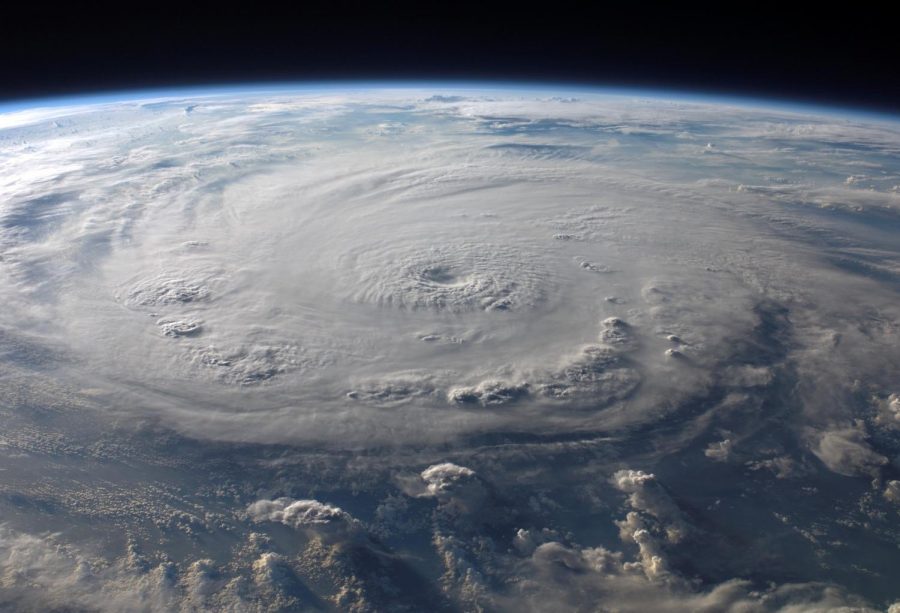Lively Planets
New planets found that have the possibility for sustaining life
In science yesterday, scientists discovered that several “Earth-like” planets in a distant solar system, TRAPPIST, have temperatures that could sustain water, which in turn means they have the potential to sustain life.
TRAPPIST’s star, TRAPPIST-1, is actually thought to be older than our sun. When it was first discovered, scientists thought that the star was at least 500 million years old, but one theory suggests that it could be as old as time itself. Astronomers are unsure about what the star’s age could mean for the planet’s habitability.
Despite this seemingly promising discovery, senior and Astronomy Club President William Avery believes that these planets will not be able to help us for some time.
“Traveling to the moon and Mars is already challenging, and that’s within our solar system,” Avery said. “Satellites have only just reached Pluto and the Kuiper Belt in the past few years, so sending technology further than that will be a big leap. So even if those planets could sustain us, it would be many, many years down the road before we can even consider using them as a resource.”
Astronomers first discovered TRAPPIST two years ago and since then have been discovering more and more about it. New studies have shown that the planets are rocky and not gaseous and closely resemble Earth, Mercury and Venus. These planets are less than 40 light-years away, which is actually relatively close according to NASA.
Even so, Avery believes that the chances of us utilizing these planets in the near future are very slim.
“Planets able to sustain life would be an interesting discovery, but the immediate affects on our lives would likely be nothing,” Avery said.
Nevertheless, scientists believe that these planets could potentially be used for humans in the future.
Your donation will support the student journalists of Cypress Woods High School. Your contribution will allow us to purchase equipment and cover our annual website hosting costs.





